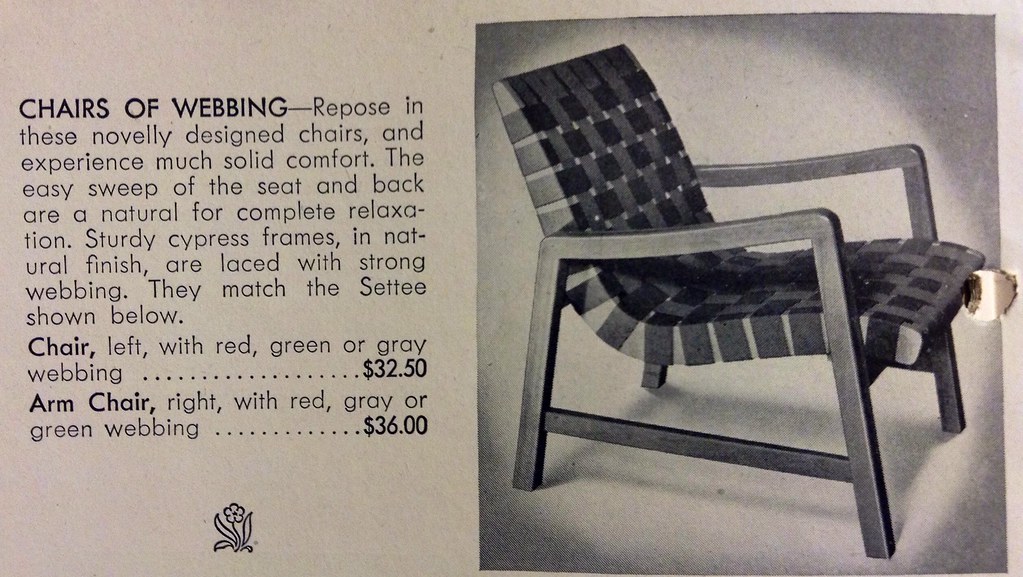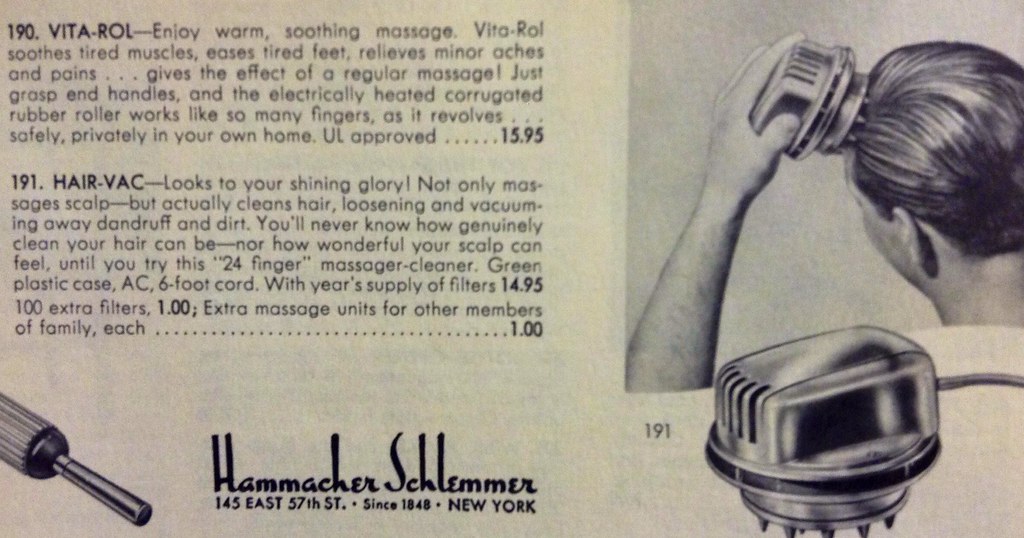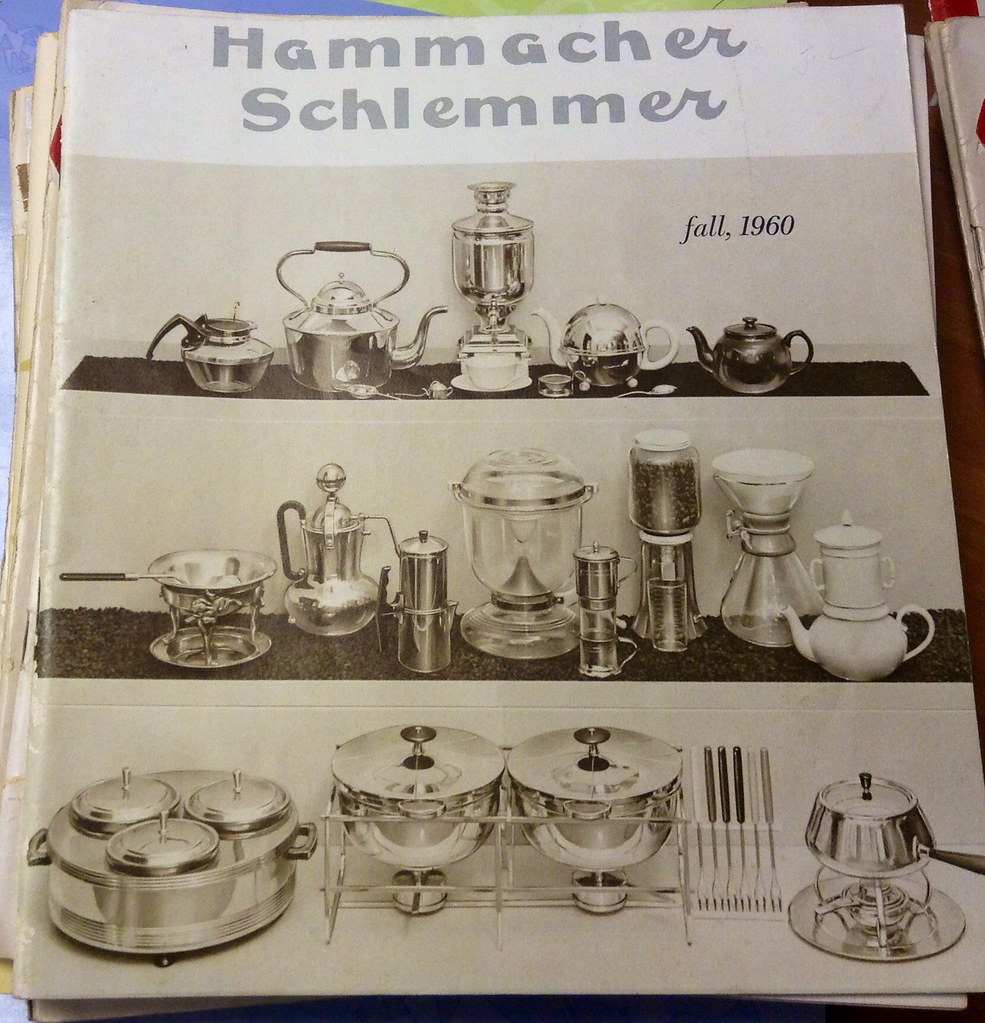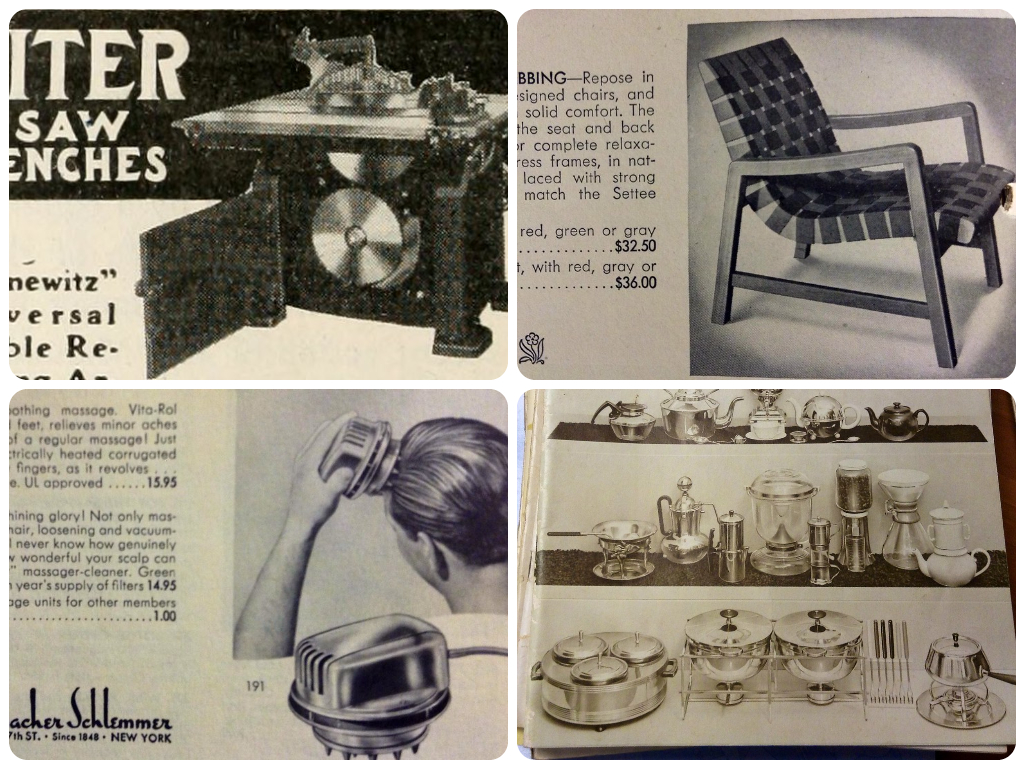The hardware store that would eventually become known as Hammacher Schlemmer began in 1848 in the Bowery district of New York City. Proprietors Charles Tollner and R. Stern specialized in high-quality and hard-to-find tools and equipment.
In 1853, Tollner’s twelve-year-old nephew, William Schlemmer left Germany, and started working in the store. The business expanded in 1857, and moved to larger quarters. In 1859, family friend Albert Hammacher invested $5,000 in the company and the name was changed to C. Tollner and A. Hammacher.

As years passed, William Schlemmer rose through the company ranks. When Tollner died in 1867, 26-year-old Schlemmer entered into a partnership with Hammacher and Peter F. Taaks. As a result, the company changed its name to Hammacher & Co. Hammacher and Schlemmer then set out to reinvent their business, becoming one of the first national hardware stores.
The first known printing and distribution of the Hammacher Schlemmer catalog occurred in 1881. The hardcover book was used by the company’s salesman as they crisscrossed the country taking orders from customers. The first printing was less than 500 copies. Apparently few copies of this catalog remain, but WorldCat lists copies at the New York Public Library and the Ohio History Center. In 1896, Hammacher Schlemmer published a 403-page catalog featuring tools for all trades.

Hammacher Schlemmer kept up with emerging needs of its customers. When consumers started purchasing automobiles, Hammacher Schlemmer offered tool kits for flat tires and blown gaskets, well before service stations existed.
In 1912, Hammacher Schlemmer printed its largest catalog to-date. Composed of 1,112 pages and taking a total of four years to compile, the catalog confirmed Hammacher as the most complete hardware source on the East Coast. A copy is housed in the Smithsonian’s permanent collection.

Today, the company website says that Hammacher Schlemmer “continues to serve customers’ needs in ways that no one else does or can. While some of the products may appear unusual, they all share the common goal of meeting the special needs of our many customers, just as a one-of-a-kind plumb bob did over a hundred years ago.”
According to hagley.org; postalmuseum.si.edu. Source of photos: internet








